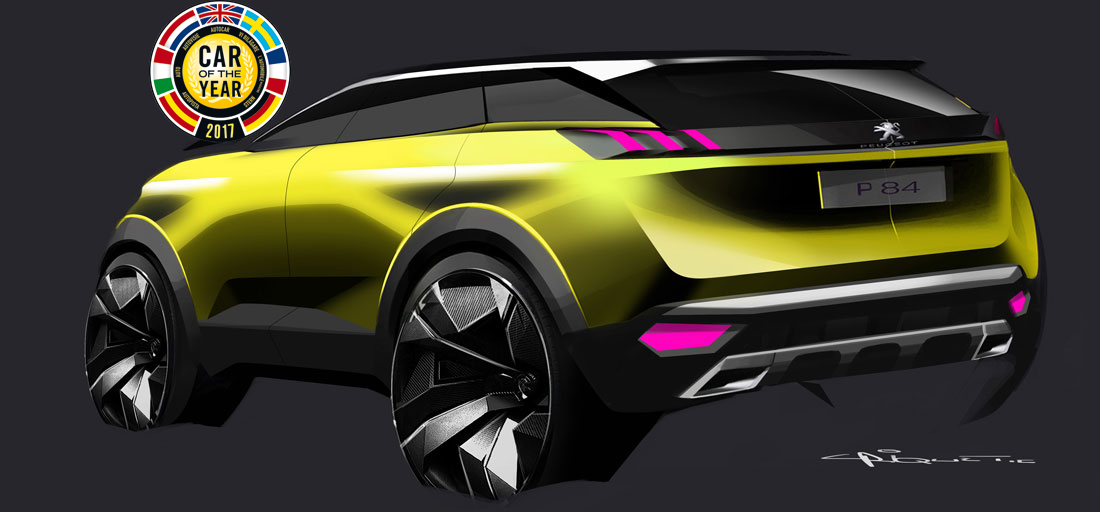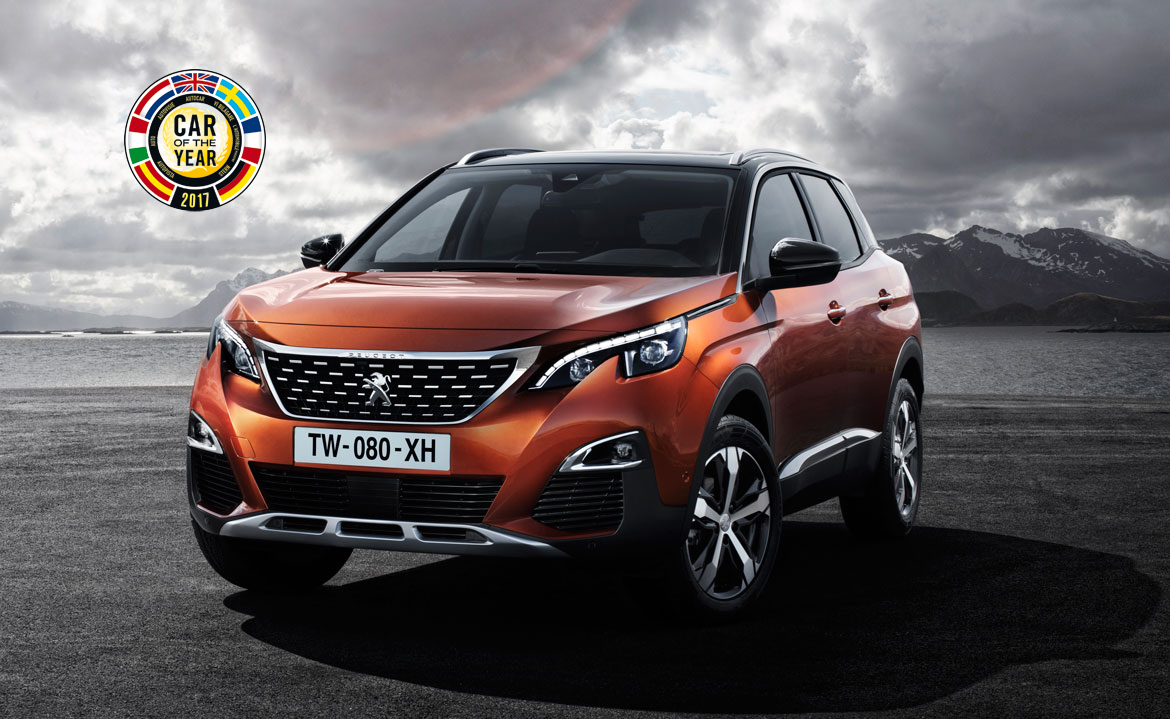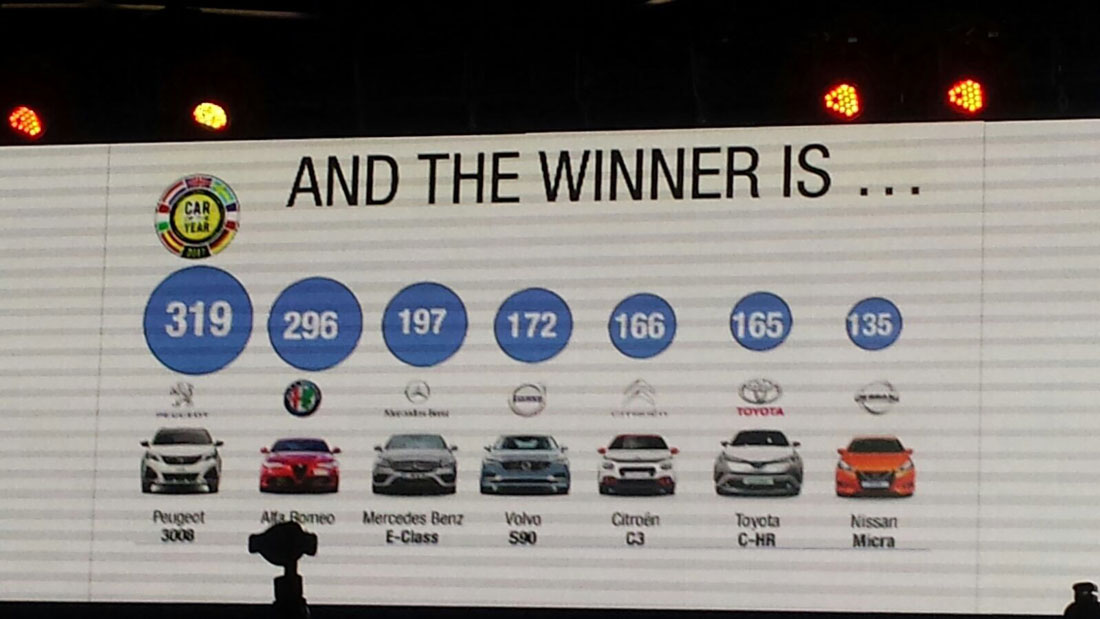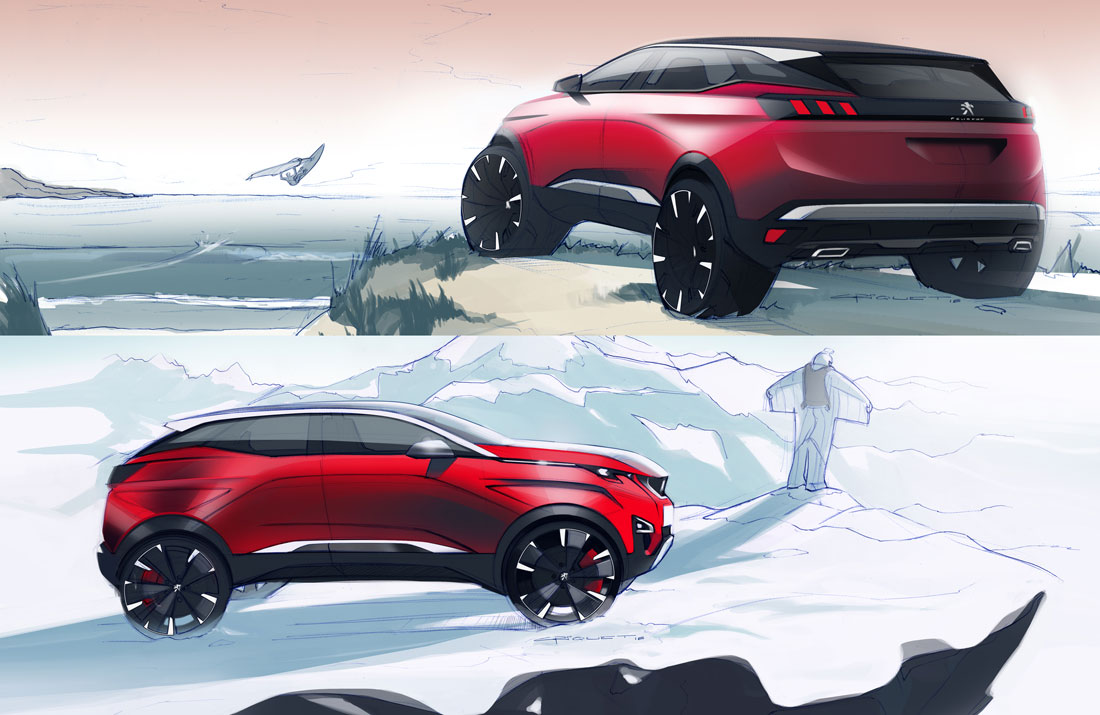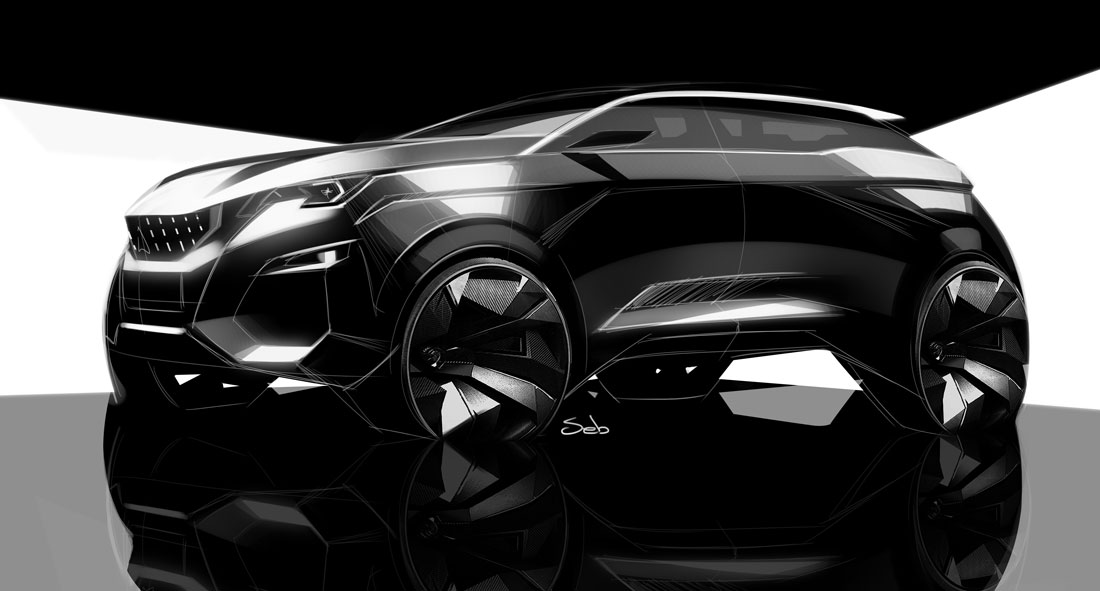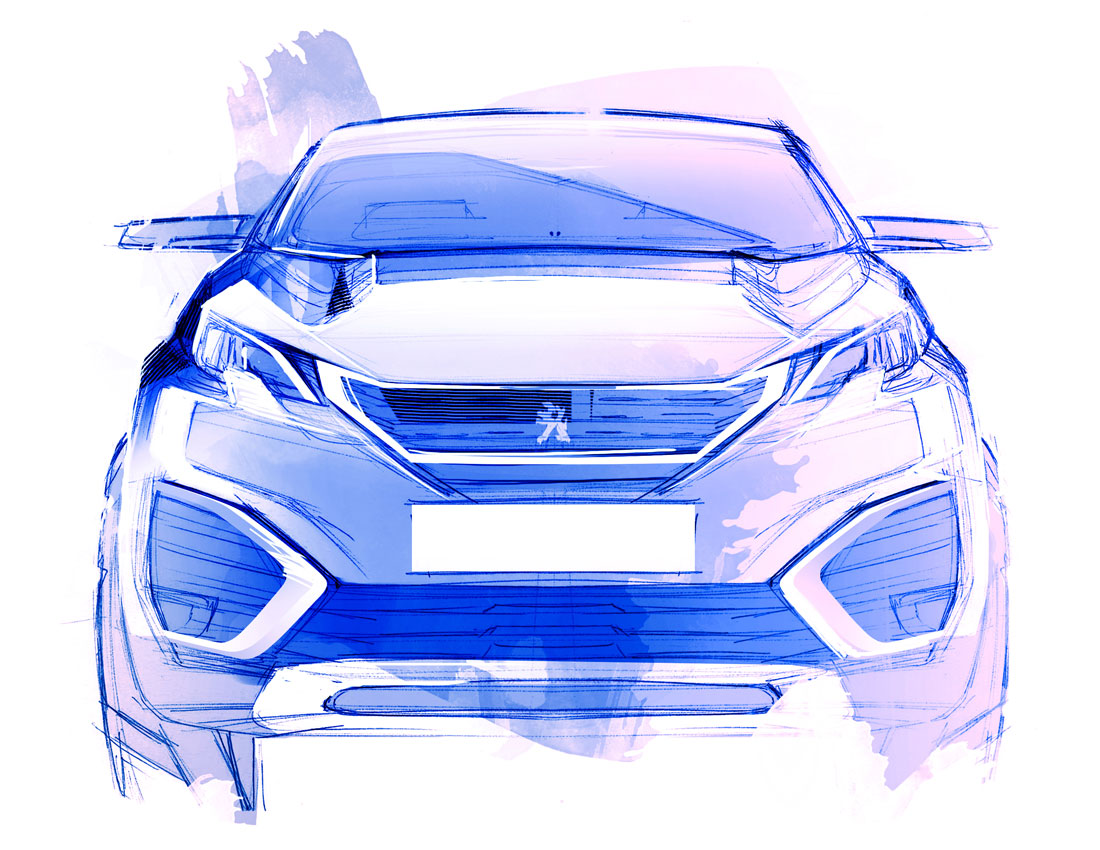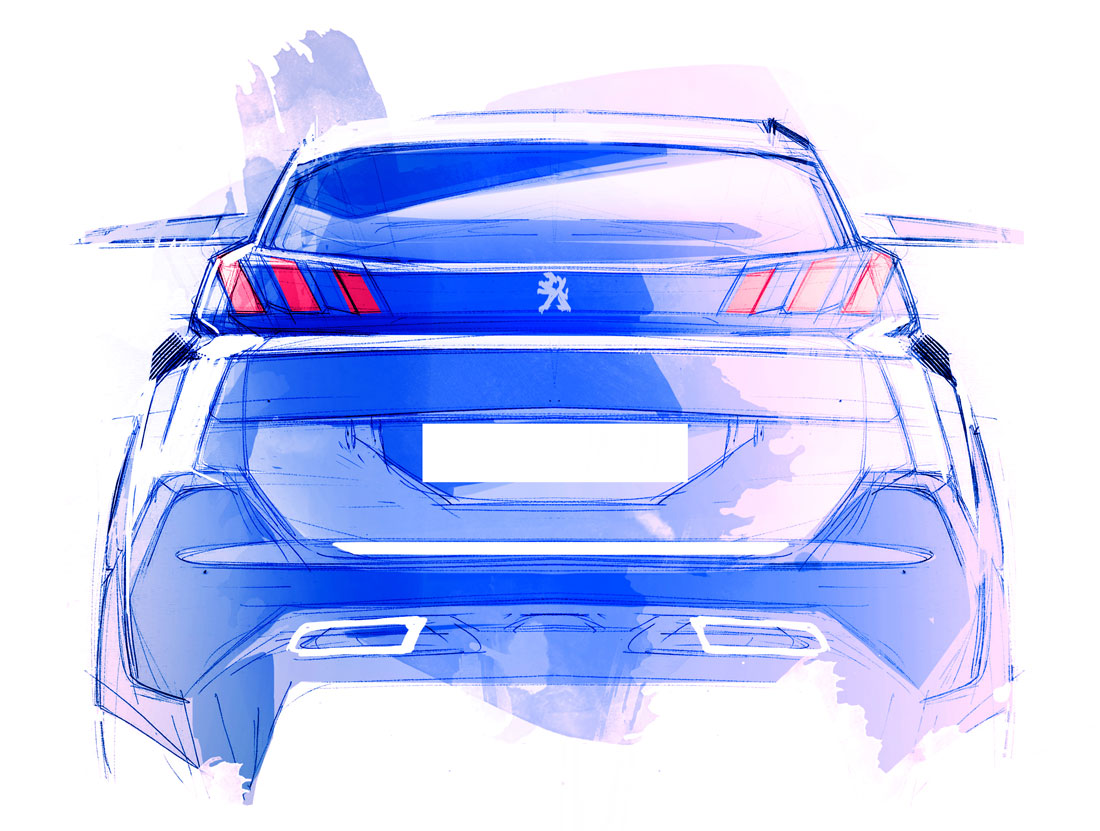Not just a remake but a tangible generational leap where the layout moves on from the MPV to take on board the features of the Suv. That’s how the new Peugeot 3008, that we were able to see close up before its debut at the Paris Mondial in October, makes its entrance.
“The 308 marked the turning point for the relaunch and upward positioning of brand products. Now the 3008 opens a new phase”, said Maxime Picat about this new medium segment Suv which is also the first model to be launched since he took over as Peugeot’s Brand CEO. The two cars mentioned have in common the EMP2 platform which has enabled them to reduce their respective weights by about 100 kg.
Slimmer but with a strong character, the 3008 “is the first of a new generation of Suv’s that stresses the features most appreciated by customers, such as ground clearance, big wheels and sturdy look, but deliberately does not present any features that are too aggressive”, explains Peugeot design chief Gilles Vidal. “To achieve this new image”, he continues, “we played on the elegance of taut lines and sculpted volumes while avoiding any overloading of elements that would make it overly muscular”.
The handling of surfaces, just like the main styling cues and a skillful use of 3D chrome accents, build on the experience obtained on the most recent Peugeot concept cars, from the Quartz to the Onyx and the Exalt; the 3008 GT even borrows the unique diagonally-applied two-colour paintwork that characterises the sides of those prototypes. Apart from the proportions (it is 8 cm longer than its predecessor while width and total height are unchanged; ground clearance has grown by 5 cm, so the vehicle body is lower and sleeker), the handling of the roof on the new 3008 is original and eye-catching: “We call it Black Diamond”, says Vidal, “with black roof and rear pillar, a sort of treasure chest that embraces a precious cockpit in the centre”.
And in fact the interior conceals a technological treasure trove in the form of the well-known and much appreciated i-Cockpit in its 2.0 incarnation which debuts on the 3008 with steering-wheel further reduced and an even more efficient visualisation system. Perfectly integrated into the cockpit, explains Vidal: “The ergonomics was a pivotal factor in our design. We pinpointed three layers of interaction involving eyes, hands and body. Above is what you look at: the road and monitors; immediately underneath, what you touch: steering-wheel and controls; below, finally, the seats and arm-rests”.

